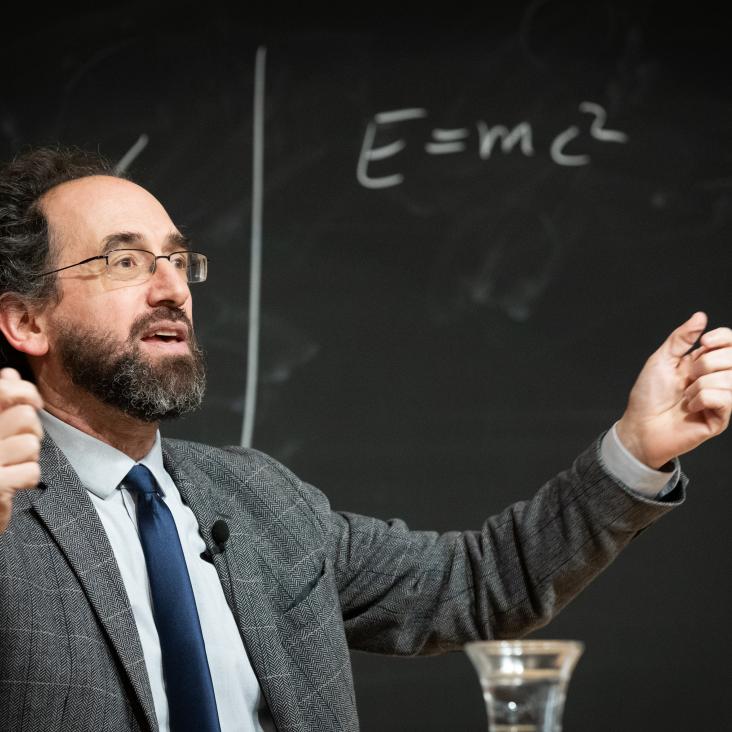Non-Abelian anyons and topological quantum computation
Reviews of Modern Physics 80:3 (2008) 1083-1159
Abstract:
Topological quantum computation has emerged as one of the most exciting approaches to constructing a fault-tolerant quantum computer. The proposal relies on the existence of topological states of matter whose quasiparticle excitations are neither bosons nor fermions, but are particles known as non-Abelian anyons, meaning that they obey non-Abelian braiding statistics. Quantum information is stored in states with multiple quasiparticles, which have a topological degeneracy. The unitary gate operations that are necessary for quantum computation are carried out by braiding quasiparticles and then measuring the multiquasiparticle states. The fault tolerance of a topological quantum computer arises from the nonlocal encoding of the quasiparticle states, which makes them immune to errors caused by local perturbations. To date, the only such topological states thought to have been found in nature are fractional quantum Hall states, most prominently the ν=5/2 state, although several other prospective candidates have been proposed in systems as disparate as ultracold atoms in optical lattices and thin-film superconductors. In this review article, current research in this field is described, focusing on the general theoretical concepts of non-Abelian statistics as it relates to topological quantum computation, on understanding non-Abelian quantum Hall states, on proposed experiments to detect non-Abelian anyons, and on proposed architectures for a topological quantum computer. Both the mathematical underpinnings of topological quantum computation and the physics of the subject are addressed, using the ν=5/2 fractional quantum Hall state as the archetype of a non-Abelian topological state enabling fault-tolerant quantum computation. © 2008 The American Physical Society.Transport in bilayer graphene near charge neutrality: Which scattering mechanisms are important?
Physical Review Letters American Physical Society 124 (2020) 026601
Wavefunctionology: The Special Structure of Certain Fractional Quantum Hall Wavefunctions
Chapter in Fractional Quantum Hall Effects: New Developments, World Scientific (2020)
Classical dimers on penrose tilings
Physical Review X American Physical Society 10 (2020) 011005
Superconducting order of Sr2RuO4 from a three-dimensional microscopic model
Physical Review Research American Physical Society 1 (2019) 033108


